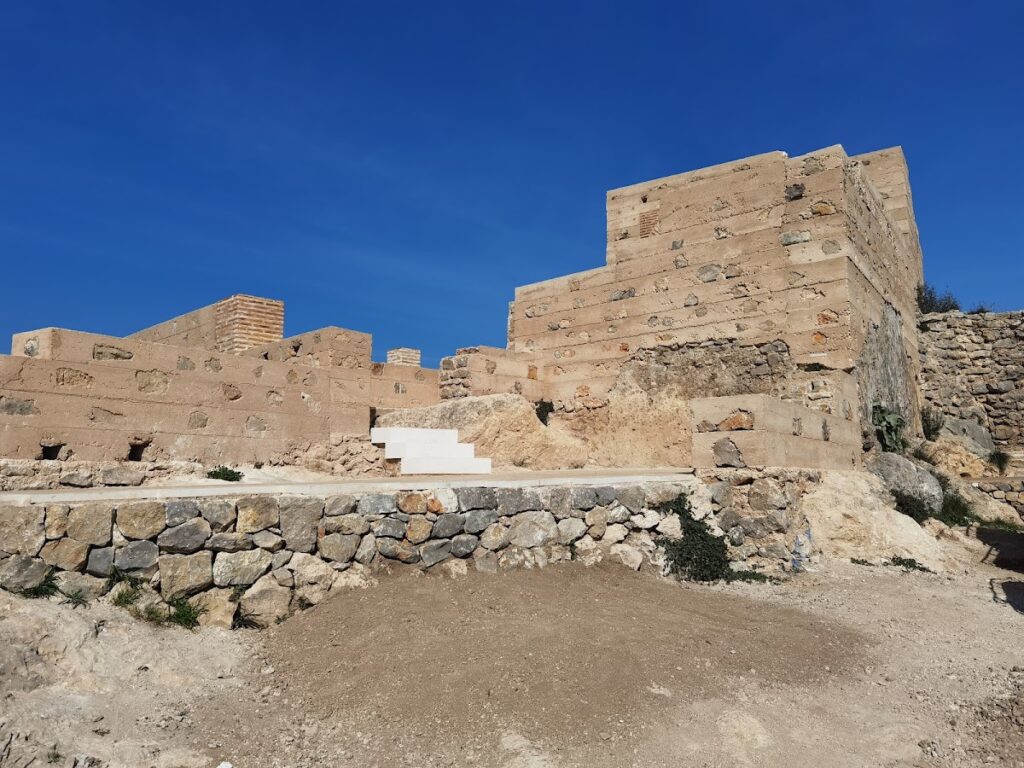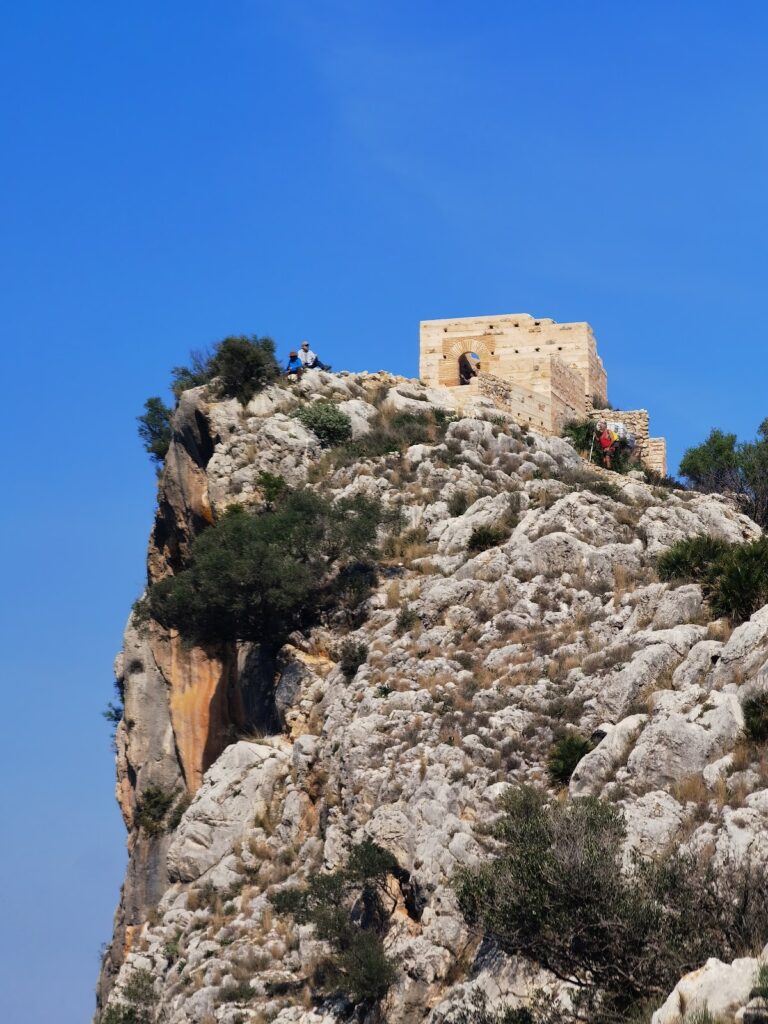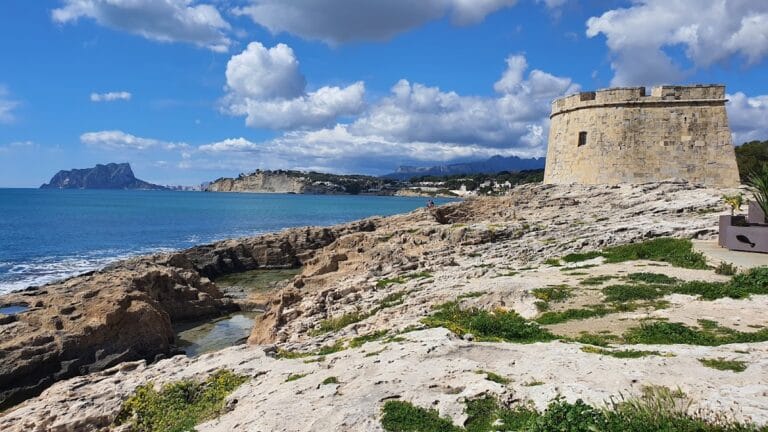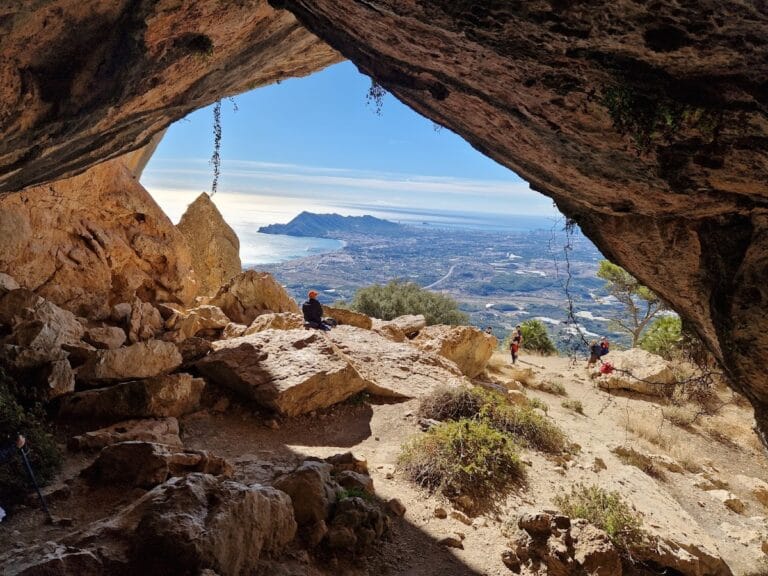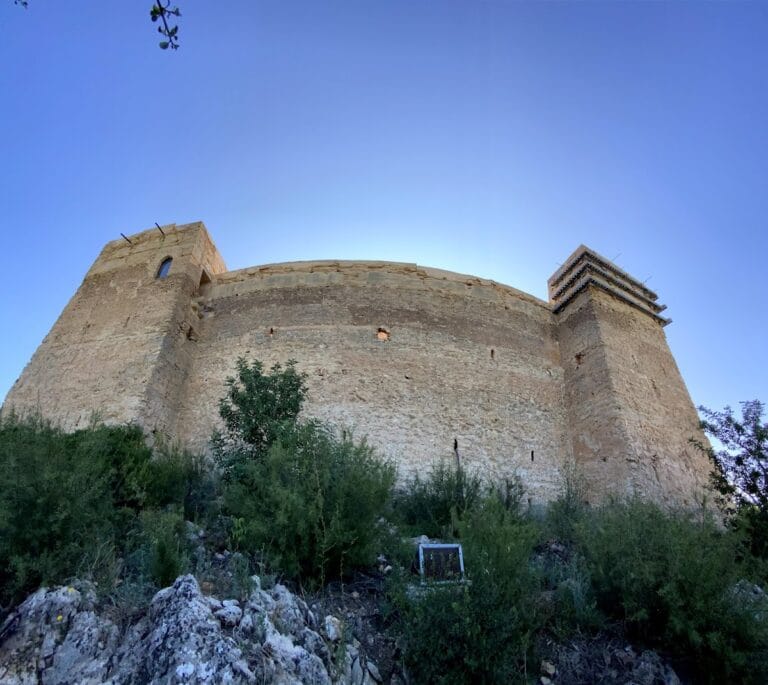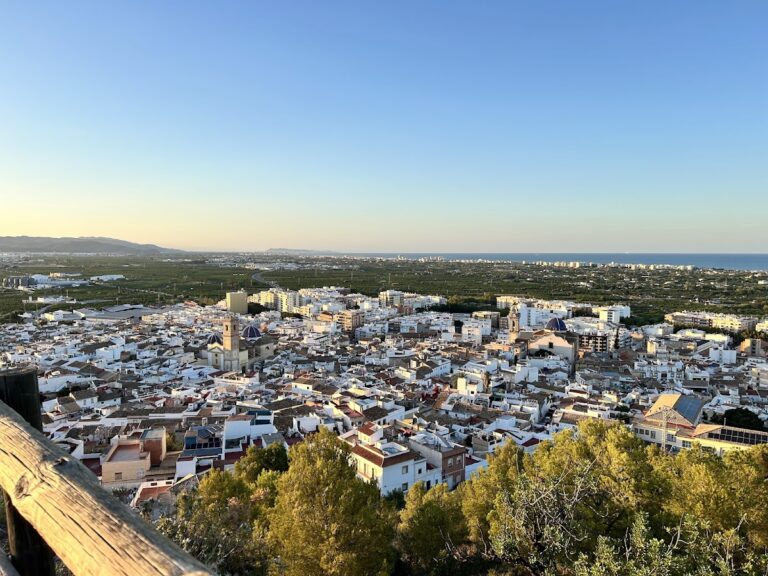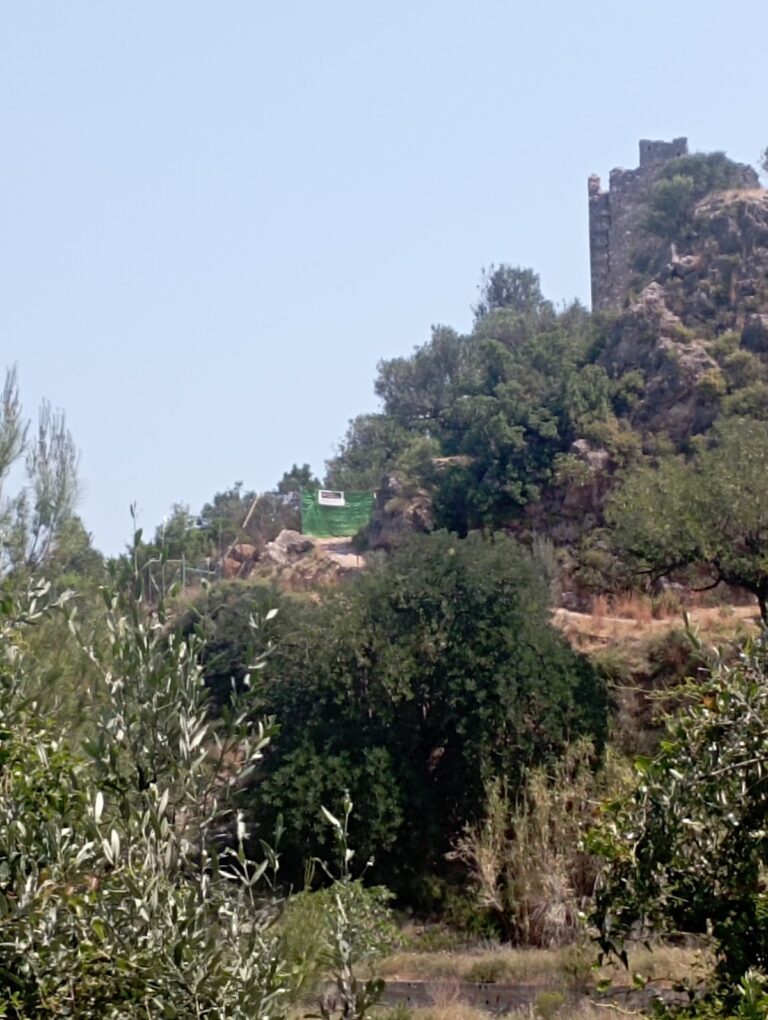Castillo del Ocaive: A Historic Muslim Watchtower and Fortress in Spain
Visitor Information
Google Rating: 4.3
Popularity: Very Low
Google Maps: View on Google Maps
Official Website: laguiadelturista.es
Country: Spain
Civilization: Unclassified
Remains: Military
History
The Castillo del Ocaive is situated near the town of Pedreguer in Spain and traces its origins to the Muslim inhabitants who once controlled the region. Built originally as a watchtower during the period following the decline of the Caliphate, it formed part of a broader defensive system protecting the area around the fortress of Dénia. This network of fortifications included several other castles, indicating a well-organized military strategy in the post-caliphal era.
Initially, the structure served a solitary purpose as a lookout point but underwent significant transformation into a small fortress shortly before the Christian Reconquest. This change reflected a heightened need for defense, as Christian forces advanced into Muslim-held territories. The fortress’s chief role was to defend nearby rural communities known as alquerias, including the surrounding agricultural settlements such as La Llosa de Camatxo, where the tower is located on a rocky prominence called Muntanya Gran.
After the Christian forces reclaimed the territory in 1244, control of the castle changed hands multiple times. Early on, the admiral Pere Ximén Carroç took possession and granted it, along with its lands, to Andrés and Albero Flix in 1249. A decade later, it passed to Sancho Ruiz de Corella and then to Pere Rodríguez de Corella in 1271. The fortress later became associated with the noble Pujadas family, who held the title counts of Anna, and eventually came under the control of the Cervelló family.
The castle’s strategic importance persisted into the early 16th century when it saw involvement during the War of the Germanies, a conflict that affected much of the Valencian region. Following the expulsion of the Moriscos—Muslims who had converted to Christianity—in 1609, the area was resettled predominantly by Christian populations from the Balearic Islands and Valencia. Despite these historical developments, the castle itself appears to have been abandoned not long after the Reconquest, as records of its activity decline significantly.
Today, the Castillo del Ocaive is recognized as a monument of cultural importance in Spain, protected by heritage laws and officially registered in 2016 as a Bien de Interés Cultural, acknowledging its historical significance and ensuring its preservation.
Remains
The remains of the Castillo del Ocaive reveal a modest yet strategically designed fortified complex. At its heart stands the tower of homage, or main keep, which served as the primary defensive structure and likely housed those responsible for the tower’s defense. Its construction reflects the original purpose of the site as a watchtower, later adapted into a more robust fortress. Surrounding parts of the defensive walls still exist, indicating the extent of the fortified enclosure that once secured the area.
Beneath the main level of the fortress, an underground cistern, known locally as an aljub, is preserved. This feature was essential to the castle’s defense and daily function by providing a reliable water source during sieges or periods of isolation. The cistern’s presence also points to careful planning in the adaptation from a watchtower into a fortress capable of sustaining occupants over extended times.
The castle’s location atop a prominent rocky outcrop underscores its strategic value by offering expansive views of the surrounding landscape. This elevation not only allowed early warning of approaching enemies but also shaped the fortress’s architectural layout, which conformed closely to the contours of the natural terrain.
Present-day remains are fragmentary yet sufficient to demonstrate the site’s defensive role and indicate construction methods typical of Muslim military architecture in the post-caliphal period. The surviving elements stand as testimony to the castle’s evolution from a simple lookout tower into a fortified refuge guarding the rural hinterland on the eve of the Christian reconquest.


